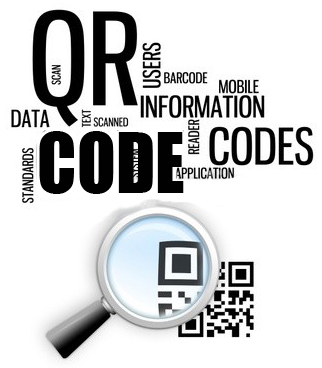
Identifying the Right ICD-10 Codes
 Crosswalks and mapping are terms that clinicians will be hearing a lot about when trying to ascertain the correct translation of an ICD-9 code into the new ICD-10 code system. Mapping and crosswalk tools are included with the ICD-10 codes to help clinicians covert the old codes with which they’re familiar to the new code set. The crosswalks will be maintained for three years past the official ICD-10 implementation date of Oct. 1, 2014.
Crosswalks and mapping are terms that clinicians will be hearing a lot about when trying to ascertain the correct translation of an ICD-9 code into the new ICD-10 code system. Mapping and crosswalk tools are included with the ICD-10 codes to help clinicians covert the old codes with which they’re familiar to the new code set. The crosswalks will be maintained for three years past the official ICD-10 implementation date of Oct. 1, 2014.
The mapping ability is a valuable tool, but practitioners shouldn’t be tempted to use it as a substitute for the appropriate training. There will be many look up entries that return multiple results and practitioners must rely on their training, experience and common sense to identify the correct ICD-10 code to use. The crosswalks are searchable and will return multiple choices. Mapping will lead to an alphabetic list, then to tabular listings for further data.
Approximate Matches
Due to the greater specificity in ICD-10 codes, there will be extremely few exact matches between the two coding systems when they perform a search, but practitioners will find a wealth of approximate matches. The mapping tools included in the new codes provides medical professionals with a dictionary for translation and a starting point from which to work.
 Searches
Searches
When no match is located, clinicians can perform searches that will lead to a multitude of potential coding options. A single translation can lead to any number of matches with additional possibilities to explore to create an accurate description of the condition. ICD-10 codes come with expanded possibilities for each condition. Consequently, there will be few exact matches and a single crosswalk for every situation just isn’t possible.
Combinations
There will be multiple translation choices and clinicians must go further into the system to determine which code best reflects the immediate situation. The increased specificity of the coding set will often return multiple options. Depending upon the situation, clinicians can utilize up to 12 codes if needed to accurately describe a patient’s illness, disease or injury.
Reverse Matches
It’s possible to obtain the appropriate ICD-10 codes through reverse matching, but it’s important to remember that even when only one match is located, it won’t be a complete equivalent to the previous ICD-9 code. Clinicians will need to delve deeper to establish an exact match. Converting codes from ICD-10 to ICD-9 is backward mapping and one way to ascertain the correct code conversion.
Scenarios
There will be times when no match can be found and the mapping tool will provide a clinician with multiple scenarios, each with its own set of variations and parameters. Choice lists provide professionals with additional determination tools.
Exact Matches
Clinicians will find very few exact matches when converting ICD-9 to ICD-10 codes. If a search turns up only one alternative, it’s considered a one-to-one match. However, practitioners should exercise caution, as the return of a single match doesn’t automatically mean the two codes are identical.
A much more common occurrence will be a return of no matches due to the new concepts expressed in the ICD-10 codes. The new codes may express multiple results for a single ICD-9 code and vice versa. The crosswalk search tool isn’t perfect or infallible. In some instances, clinicians will need to try different search terms to navigate the system and find the desired information.
Crosswalks and mapping tools provide clinicians with a bi-directional dictionary of coding options, but much like a foreign language, there will be times when a particular concept, illness, disease or injury won’t have an exact translation. Alternately, a search may return multiple possibilities. In these instances, the experience, expertise and training of the clinician will be the determining factors.


 Remembering some of the changes that will take place as a result of the transition to ICD-10 will come quickly, but documentation requirements are a major issue for clinicians. The greater specificity of the ICD-10 codes allows for greater accuracy, but it increases clinician documentation requirements by 15 percent.
Remembering some of the changes that will take place as a result of the transition to ICD-10 will come quickly, but documentation requirements are a major issue for clinicians. The greater specificity of the ICD-10 codes allows for greater accuracy, but it increases clinician documentation requirements by 15 percent.









